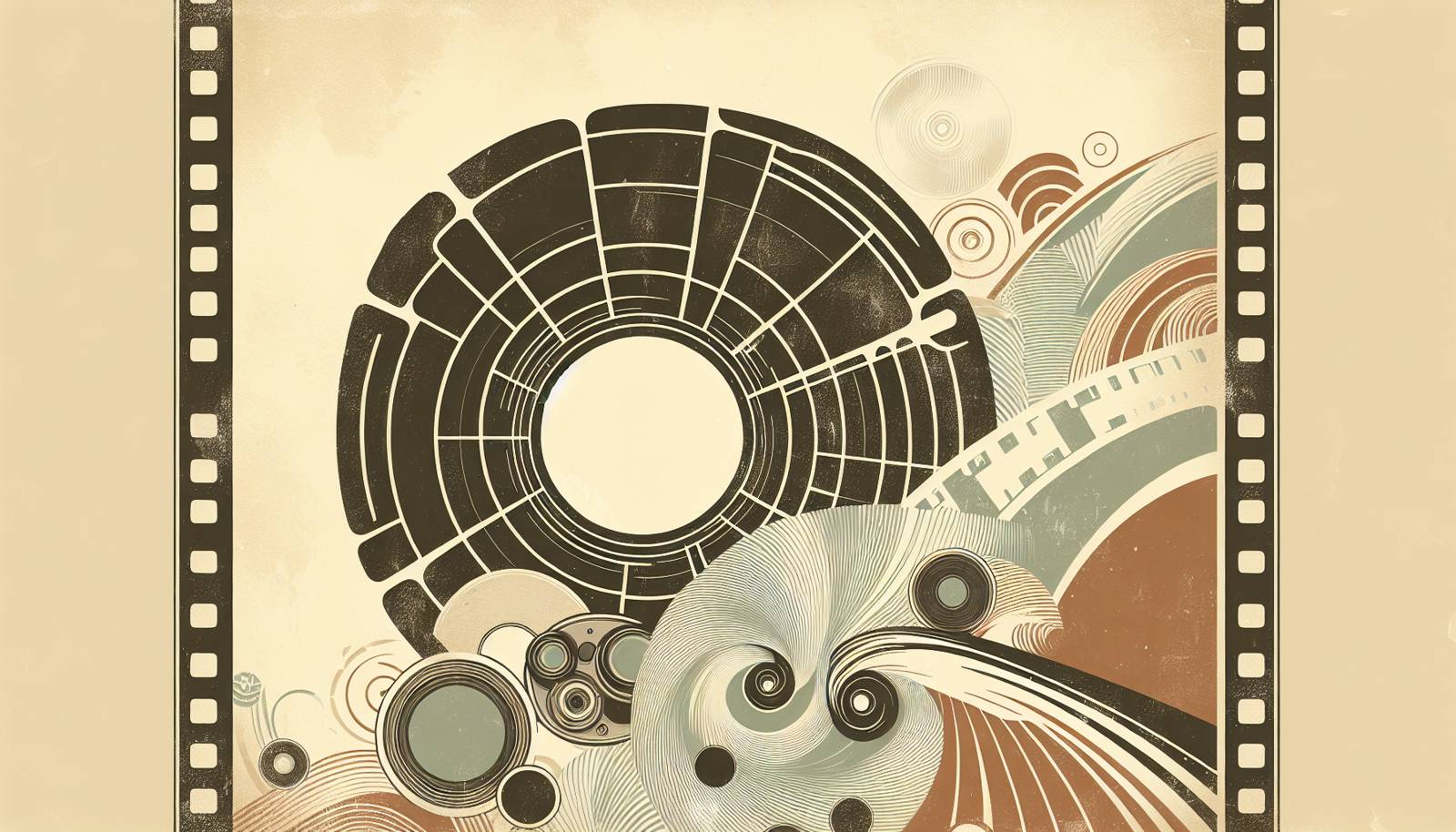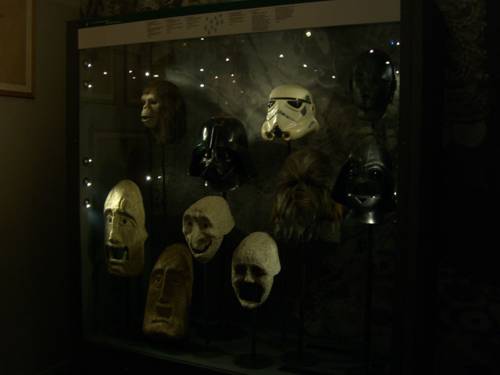
FAQ About The Influence of Post-War Italian Cinema

What is post-war Italian cinema?
Post-war Italian cinema refers to the film movement that emerged in Italy following World War II, characterized by a focus on real-life issues, social commentary, and often employing a style called Neorealism. This movement was led by directors such as Federico Fellini, Roberto Rossellini, and Vittorio De Sica, who created films that reflected the harsh realities of life during and after the war.

Who are some of the most influential directors of post-war Italian cinema?
Some of the most influential directors of post-war Italian cinema include Federico Fellini, known for films like La Dolce Vita and 8½; Vittorio De Sica, celebrated for The Bicycle Thieves; Roberto Rossellini, famous for the Rome, Open City; and Luchino Visconti, known for Ossessione. These directors played crucial roles in defining the visual and narrative styles that influenced global cinema.

What is Italian Neorealism?
Italian Neorealism is a film movement that emerged in Italy after World War II. It is characterized by its use of non-professional actors, on-location shooting, and stories focused on the everyday lives of ordinary people. This movement sought to present a more realistic and humanistic representation of society, often addressing socioeconomic struggles. Films like Vittorio De Sica's The Bicycle Thieves are iconic examples.

How did Italian post-war cinema impact global filmmaking?
The influence of post-war Italian cinema on global filmmaking is profound. The realistic approach to storytelling and visual style inspired the French New Wave and other international film movements. Directors worldwide, including Martin Scorsese and Francois Truffaut, have cited Italian Neorealism as a significant influence on their work, praising its ability to capture authentic human emotions and social realities.

What themes are commonly explored in post-war Italian films?
Post-war Italian films often explore themes such as poverty, social inequality, and the struggles of everyday life. Directors like De Sica and Rossellini used their films to reflect on the economic hardships and moral challenges faced by individuals in post-war society. Additionally, issues of identity, existential reflection, and critiques of political and social systems were prevalent.

Which film by De Sica is considered a masterpiece of Italian Neorealism?
The Bicycle Thieves (1948) by Vittorio De Sica is considered a masterpiece of Italian Neorealism. The film tells the poignant story of a poor father searching for his stolen bicycle, which is critical for his job, highlighting the struggle and dignity of ordinary people. It is celebrated for its emotional depth and realistic portrayal of post-war Italian life.

How did Federico Fellini contribute to post-war Italian cinema?
Federico Fellini contributed to post-war Italian cinema with his unique blend of fantasy and reality, personal introspection, and distinctive visual style. His films, such as La Dolce Vita and 8½, offered a departure from strict Neorealism, incorporating dreamlike sequences and exploring themes of artistic creation, existential doubt, and social commentary. Fellini's work broadened the scope of Italian cinema's storytelling capabilities.

What role did Roberto Rossellini play in the development of Italian Neorealism?
Roberto Rossellini was a pivotal figure in the development of Italian Neorealism. His film Rome, Open City (1945) is often credited as a pioneering work of this movement. Rossellini's use of location shooting and stories drawn from actual wartime events offered a raw and realistic depiction of Rome during the Nazi occupation, setting a new standard for authentic storytelling in cinema.

What are some defining characteristics of the visual style in post-war Italian cinema?
Post-war Italian cinema is known for its naturalistic visual style, which includes on-location shooting, the use of natural lighting, and an often understated approach to cinematography. This style aims to enhance the realism of the narrative, immersing the audience in the everyday lives of the characters. The films often favored black and white cinematography to emphasize mood and tone.

How did Italian cinema reflect social issues of its time?
Italian cinema of the post-war era reflected social issues by focusing on the lives of the working class, the unemployed, and other marginalized groups. Films of this period highlighted economic hardships, the disillusionment with government and society, and the struggle for redemption and dignity in a rapidly changing world. This social commentary gave voice to the societal challenges faced by Italy during that time.

Why is Fellini's <i>La Dolce Vita</i> significant in film history?
La Dolce Vita by Federico Fellini is significant for its groundbreaking narrative structure, its critique of the social elite, and its cinematographic style. Released in 1960, the film broke away from traditional storytelling by using an episodic narrative that explored themes of decadence and existential despair. This film had a profound influence on later filmmakers and is considered a classic of world cinema.

What misconceptions exist about Italian Neorealism?
A common misconception about Italian Neorealism is that it solely involves grim or depressing subject matter. While the films often tackle serious social issues, they also celebrate human resilience and the beauty of everyday life. Additionally, some assume Neorealism strictly means using non-professional actors, whereas filmmakers sometimes used professional ones to achieve a desired effect or performance.

How did Italian post-war cinema address the theme of poverty?
Italian post-war cinema addressed the theme of poverty by depicting the everyday struggles and dignity of the lower class in a society recovering from the ravages of World War II. Films like The Bicycle Thieves demonstrate the economic challenges faced by ordinary people and the impact of poverty on family and community life, often highlighting resilience and hope despite dire circumstances.

In what ways did Luchino Visconti contribute to post-war Italian cinema?
Luchino Visconti contributed to post-war Italian cinema by combining elements of Neorealism with his interest in operatic and historical narratives. His film Ossessione (1943) is considered a precursor to Italian Neorealism and set the stage for his later works, which often explored themes of class conflict, decadence, and political change with a focus on visual richness and complex characters.

Why was non-professional acting used in some post-war Italian films?
Non-professional acting was used in some post-war Italian films to enhance realism and authenticity. Directors believed that casting real people who experienced similar circumstances to the characters would bring a natural and genuine portrayal to the screen. This approach allowed the audience to connect more deeply with the characters' experiences, as seen in films like The Bicycle Thieves.

How did Italian cinema evolve after the Neorealism period?
After the Neorealism period, Italian cinema evolved to include a wider range of genres and styles. Directors like Fellini moved toward more personal and experimental narratives, creating films with a blend of fantasy and reality. The rise of Commedia all'italiana, a style of comedic films that still addressed social issues, also became prominent, showcasing the versatility and adaptability of Italian filmmakers.

What role did location shooting play in post-war Italian films?
Location shooting played a crucial role in post-war Italian films by providing an authentic backdrop and atmosphere that studio sets couldn't replicate. By filming in real environments, directors were able to capture the true spirit of a location, add realism to the narrative, and create a more immersive experience for viewers. This approach was a hallmark of Italian Neorealism and influenced many filmmakers globally.

What impact did the film <i>8½</i> by Fellini have on world cinema?
Federico Fellini's 8½ had a significant impact on world cinema due to its innovative narrative structure and exploration of a director's creative crisis. Released in 1963, it is acclaimed for its autobiographical elements and its blend of reality, memory, and fantasy. The film's visual style and thematic depth have inspired countless filmmakers and are considered a masterclass in cinematic art.

How did post-war Italian cinema influence the French New Wave?
Post-war Italian cinema, particularly the Neorealism movement, heavily influenced the French New Wave by demonstrating the power of personal storytelling and realistic portrayals of life. French directors like Jean-Luc Godard and François Truffaut adopted similar filmmaking techniques, such as on-location shooting and narratives focused on existential themes, creating a bridge between Italian cinema and the burgeoning New Wave movement in France.

What is the legacy of post-war Italian cinema today?
The legacy of post-war Italian cinema today is vast, with its influence seen in various film movements and directors globally. The emphasis on realism, social issues, and innovative storytelling continues to inspire filmmakers. Modern directors often reference Italian Neorealism and the works of Fellini, De Sica, and others when discussing pivotal influences on their approach to cinema. Its impact is a testament to the enduring relevance and artistry of this period in film history.
